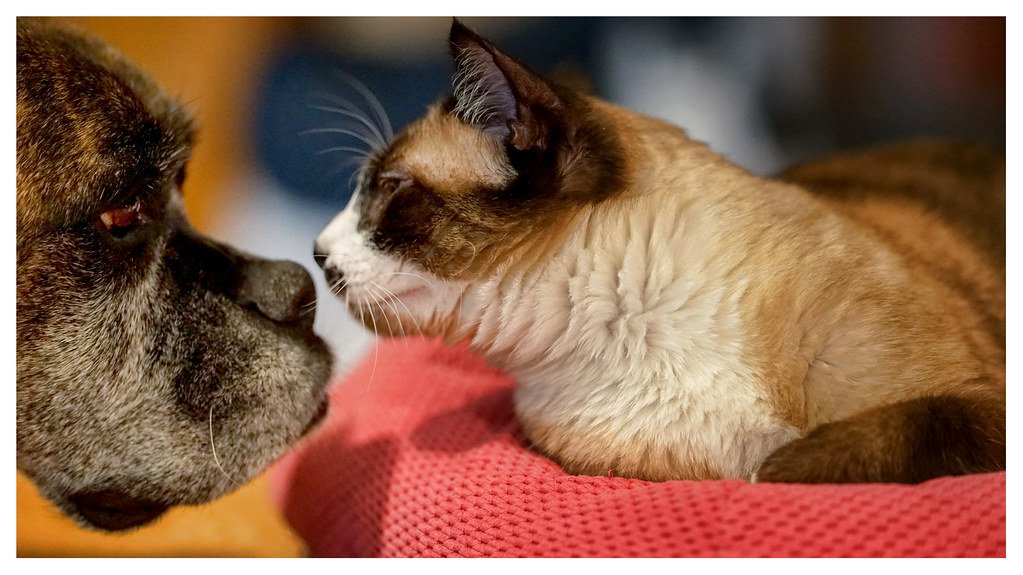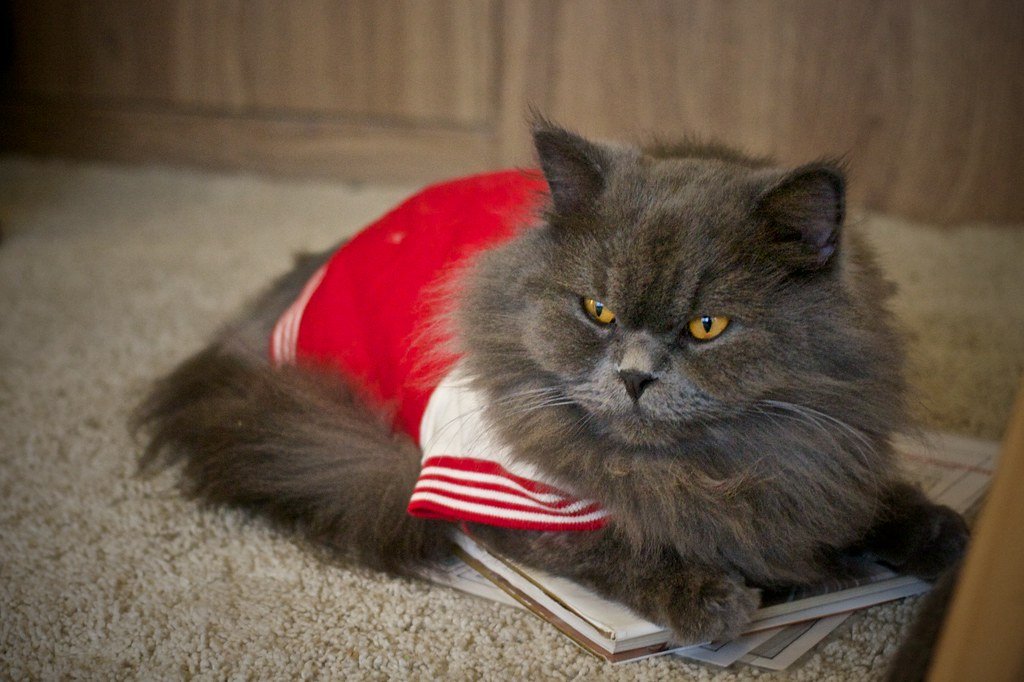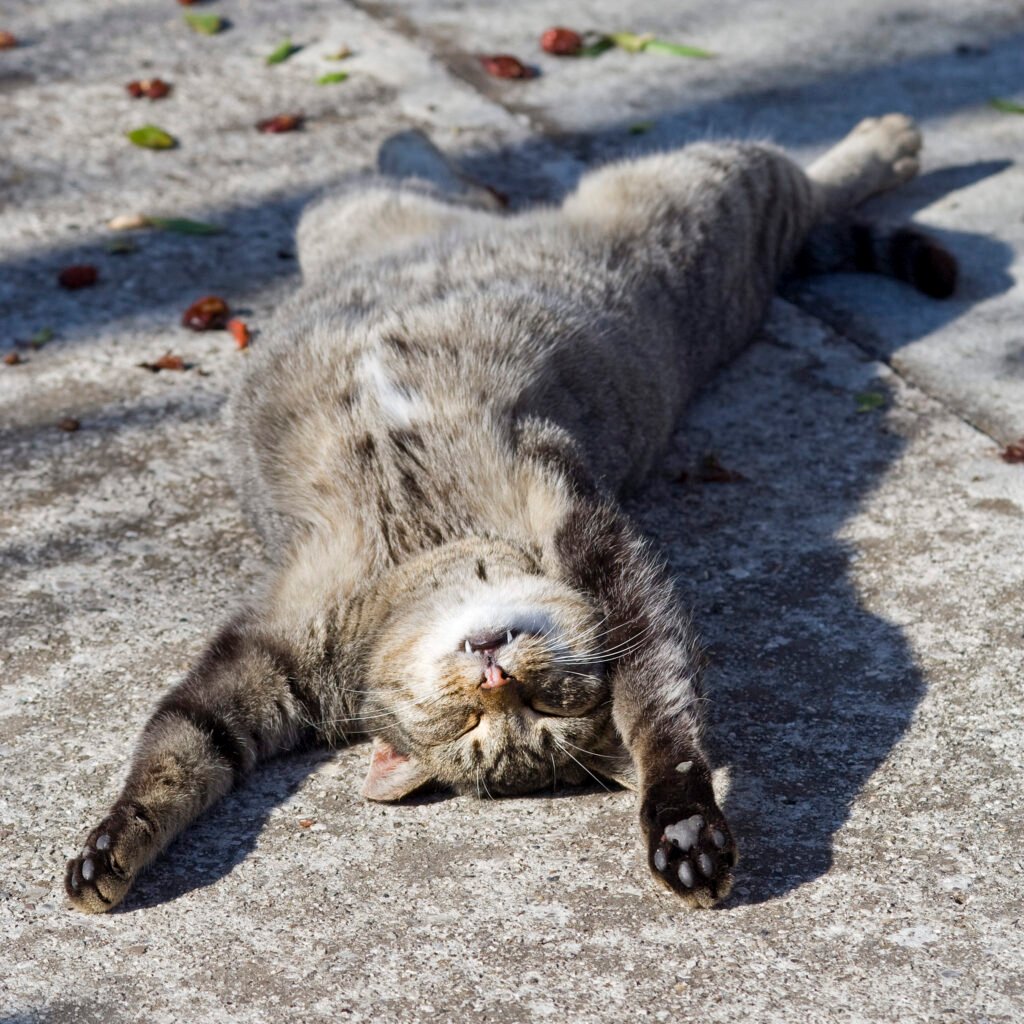Picture this: you’re having the worst day imaginable, stress eating your feelings, when suddenly your cat jumps onto your lap and begins that magical rumbling sound we all know and love. Within minutes, your blood pressure drops, your breathing slows, and somehow the world doesn’t seem quite so overwhelming. What if I told you this wasn’t just your imagination, but actual science at work?
For centuries, humans have suspected that cats possess some mysterious healing power. Ancient Egyptians worshipped them as divine beings, and countless cultures have attributed supernatural abilities to these enigmatic creatures. But modern science has revealed something even more fascinating than magic: the purr itself is a sophisticated biological mechanism that promotes healing in both cats and humans.
The Mysterious Mechanics of Purring

Deep within a cat’s throat lies one of nature’s most ingenious inventions. The purr originates from rapid contractions of the laryngeal muscles, which cause the vocal cords to separate when the cat inhales and exhales. This creates a continuous cycle of vibrations that we perceive as that distinctive rumbling sound.
What makes this even more remarkable is that cats don’t need to consciously control this process. The neural oscillator in their brain automatically triggers these muscle contractions, allowing cats to purr while simultaneously breathing, eating, or even sleeping. It’s like having a built-in healing machine that runs on autopilot.
The Healing Frequency Revolution

Here’s where things get absolutely mind-blowing: cat purrs consistently vibrate between 20 and 50 Hz, with most falling around 25 Hz. This isn’t random – it’s the exact frequency range that medical researchers have discovered promotes bone healing, reduces pain, and accelerates tissue repair in humans.
Physical therapists now use devices that generate these same frequencies to treat patients with fractures, arthritis, and muscle injuries. Essentially, your cat has been providing you with professional-grade sound therapy every time they curl up on your chest. Who needs expensive medical equipment when you have a furry vibrating healing pad?
Bone Healing and the Purr Connection

The most astonishing discovery about purring relates to bone density and fracture healing. Cats rarely suffer from osteoporosis or bone diseases, despite spending most of their lives lounging around. Scientists believe the constant vibrations from purring stimulate bone growth and prevent bone loss.
Studies have shown that low-frequency vibrations increase bone density by up to 20% in laboratory settings. When cats purr, they’re essentially giving themselves a continuous bone-strengthening treatment. This explains why cats can survive falls from incredible heights and heal from injuries that would devastate other animals of similar size.
The Pain Relief Phenomenon

Purring acts as a natural pain reliever through multiple mechanisms. The vibrations stimulate the release of endorphins, the body’s natural painkillers, while simultaneously reducing inflammation throughout the body. This creates a powerful analgesic effect that can last for hours after the purring stops.
Many cat owners report that their pain levels decrease significantly when their cat purrs on or near the affected area. This isn’t placebo effect – it’s genuine physiological relief. The vibrations essentially “gate” pain signals, preventing them from reaching the brain with full intensity.
Stress Reduction and Mental Health Benefits

The psychological benefits of purring extend far beyond simple relaxation. Research has demonstrated that exposure to purring frequencies triggers the release of serotonin and dopamine, neurotransmitters crucial for mood regulation and emotional well-being. This creates a natural antidepressant effect that can improve mental health over time.
Regular exposure to purring has been linked to reduced anxiety levels, improved sleep quality, and decreased risk of depression. It’s like having a furry therapist who works around the clock, providing continuous emotional support through sound therapy.
Blood Pressure and Cardiovascular Health

Perhaps one of the most significant health benefits of purring involves cardiovascular health. The rhythmic vibrations help regulate heart rate and blood pressure, creating a meditative state that reduces strain on the cardiovascular system. Cat owners have statistically lower rates of heart disease and stroke compared to non-pet owners.
The parasympathetic nervous system, responsible for rest and recovery, becomes more active when exposed to purring frequencies. This shift helps the body enter a healing state where cellular repair and regeneration can occur more efficiently.
Wound Healing and Tissue Regeneration

Veterinarians have long observed that cats heal from wounds and surgeries faster than most other animals. The secret lies in the constant vibrations from purring, which increase blood flow to injured tissues and accelerate the healing process. This enhanced circulation delivers more oxygen and nutrients to damaged areas while removing waste products more efficiently.
The mechanical stimulation from purring also promotes the formation of new blood vessels, a process called angiogenesis. This creates a robust network of circulation that supports rapid tissue repair and regeneration.
The Immune System Boost

Purring frequency vibrations have been shown to stimulate the production of white blood cells and enhance overall immune function. The stress-reducing effects of purring also prevent the release of cortisol, a hormone that suppresses immune response when chronically elevated.
Cats who purr regularly show higher levels of immunoglobulin A, an antibody that plays a crucial role in immune system health. This natural immune boost helps protect against infections and diseases, contributing to cats’ legendary resilience.
Muscle Relaxation and Tension Relief

The vibrations from purring act as a natural muscle relaxant, reducing tension and stiffness throughout the body. This is particularly beneficial for cats who spend long hours in cramped sleeping positions or for older cats dealing with arthritis and joint pain.
Human massage therapists have begun incorporating purring-frequency devices into their practice, recognizing that these vibrations can penetrate deeper into muscle tissue than traditional massage techniques. The result is more effective treatment for chronic muscle tension and pain.
Respiratory Health and Breathing Benefits

Purring requires controlled breathing patterns that naturally improve respiratory function. The rhythmic inhalation and exhalation needed to maintain a purr exercises the diaphragm and intercostal muscles, leading to improved lung capacity and breathing efficiency.
For humans, listening to purring often unconsciously synchronizes breathing patterns with the cat’s respiratory rhythm. This creates a meditative breathing exercise that can improve oxygen uptake and reduce respiratory stress.
Sleep Quality and Restful Recovery

The soothing vibrations of purring create an ideal environment for deep, restorative sleep. The low-frequency sounds mask disruptive noises while the rhythmic pattern helps regulate circadian rhythms. Many people report sleeping better when their cat purrs nearby.
During sleep, the body performs crucial repair and regeneration processes. The healing frequencies from purring enhance these natural recovery mechanisms, leading to more efficient cellular repair and improved overall health.
Neurological Benefits and Brain Health

Recent research has revealed that purring frequencies may have neuroprotective effects, potentially reducing the risk of neurodegenerative diseases. The vibrations stimulate the production of nerve growth factor, a protein essential for maintaining healthy neurons.
The meditative state induced by purring also promotes the formation of new neural pathways, enhancing cognitive function and memory consolidation. This neuroplasticity boost may help protect against age-related cognitive decline.
The Social Healing Connection

Purring serves as a powerful social bonding mechanism that strengthens relationships between cats and their human companions. This emotional connection triggers the release of oxytocin, often called the “love hormone,” which has its own healing properties.
The mutual benefits of this relationship create a positive feedback loop: cats receive comfort and security from their humans, while humans gain the healing benefits of purring. This symbiotic relationship has evolved over thousands of years to benefit both species.
Age-Related Healing and Longevity

The healing properties of purring may contribute to cats’ impressive longevity relative to their body size. The constant cellular repair and regeneration promoted by purring vibrations help maintain tissue integrity and organ function throughout their lives.
Elderly cats who continue to purr regularly often show better mobility, cognitive function, and overall health compared to those who purr less frequently. This suggests that purring may be nature’s way of promoting healthy aging.
Therapeutic Applications in Modern Medicine

Medical professionals are increasingly recognizing the therapeutic potential of purring frequencies. Devices that replicate these vibrations are being used in hospitals and clinics to treat everything from chronic pain to post-surgical recovery.
Physical therapy clinics now offer “vibrational therapy” sessions that use purring frequencies to accelerate healing and reduce pain. This represents a fascinating convergence of ancient feline wisdom and modern medical technology.
The Future of Purr-Based Healing

As research continues to unveil the healing mechanisms behind purring, we may see even more innovative applications in healthcare. Scientists are exploring the potential for purring frequencies to treat conditions ranging from osteoporosis to depression.
The field of biomimicry – learning from nature to solve human problems – has found a perfect example in the healing power of purring. Future medical devices may incorporate these natural frequencies to provide more effective, non-invasive treatments for a wide range of health conditions.
Conclusion: The Healing Power Within

The science of purring reveals one of nature’s most elegant healing mechanisms, hidden in plain sight within our feline companions. These vibrations represent millions of years of evolutionary refinement, creating a sophisticated biological system that promotes healing, reduces pain, and enhances well-being.
From bone repair to stress relief, from immune system enhancement to improved sleep quality, purring offers benefits that modern medicine is only beginning to understand. Our cats haven’t just been seeking comfort when they curl up and purr – they’ve been providing us with genuine therapeutic treatment.
Next time your cat settles onto your lap and begins that familiar rumbling, remember that you’re experiencing one of nature’s most remarkable healing technologies. The ancient bond between humans and cats runs deeper than companionship – it’s a healing partnership that benefits both species in ways we’re only just beginning to comprehend.
Who would have thought that the secret to better health was purring on our laps all along?




